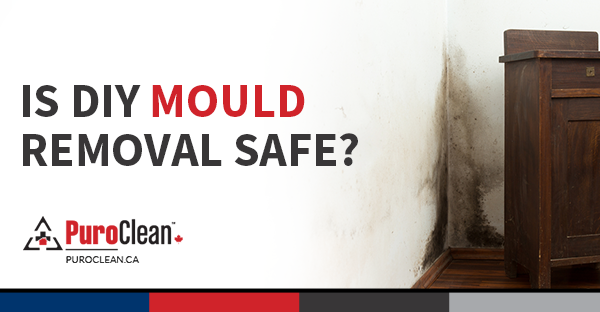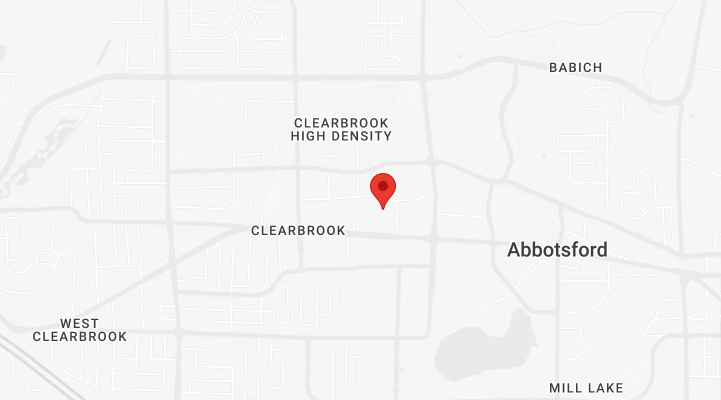The PuroClean Blog
Is DIY Mould Removal Safe?
 Most mould removal tasks can be overwhelming for property owners. While mould can be easily removed from non-porous surfaces (tile or stone), removing it from porous material (wood, drywall or fabrics) is much harder. Moreover, attempting to tackle mould removal is a health hazard and it can also cause damage to the property. Here is when mould removal is better left to professionals:
Most mould removal tasks can be overwhelming for property owners. While mould can be easily removed from non-porous surfaces (tile or stone), removing it from porous material (wood, drywall or fabrics) is much harder. Moreover, attempting to tackle mould removal is a health hazard and it can also cause damage to the property. Here is when mould removal is better left to professionals:
- When the area covered with mould is larger than 1 square metre, the extent of the damage may be too big for DIY mould removal. Large mould-infested areas should be immediately handled by a team of professionals to mitigate the losses and prevent further mould growth.
- Mould can contaminate the heating and ventilating system of homes. Because these systems can further spread the infestation, mould should be removed immediately. Most property owners don’t have the necessary equipment and knowledge to decontaminate their HVAC systems.
- Mould might hide in unseen areas, such as behind drywall, and removing it requires specialized mould detecting equipment and techniques. Mould removal specialists can detect hidden mould in the home, which allows them to create a proper plan of action.
- Building finish and potentially, structural repairs may be required either during or following a mould removal job. For instance, while removing and replacing damaged drywall and/or trim, or caulking and repainting an entire room may be within the talents of some homeowners, replacing damaged framing may not. Many homeowners don’t have the time, skills or tools to do structural repairs. Plus, there is a risk that they will do more damage to the home, which can lead to costly repairs.
- Mould may result after flooding due to burst sewage pipes or sewer backup and overflow. This contaminated water contains dangerous bacteria and chemicals, and the property should be cleaned, sanitized and dried by professionals. DIY mould removal in these conditions is hazardous and much more difficult.
- Mould exposure can deteriorate a medical condition, such as asthma or allergies. Those who attempt DIY mould removal should check with their doctor first to make sure they are suited for the task.
- Prior to any attempt at removal, the cause of the mould growth (hidden moisture source) must first be identified and corrected. In many DIY mould removal cases, mould is not properly removed from the property and will most likely recur several days after the cleanup, even if the moisture source has been addressed. As mentioned, some mould can be difficult to detect without specialized equipment and techniques.
More information about mould removal is available here and tips to prevent mould in homes can be found here. The PuroClean team stands ready to provide professional restoration services to any property affected by fire, water or mould damage.
Follow us on Twitter, Facebook, Google+ and LinkedIn to get our notifications!
June 9, 2017


